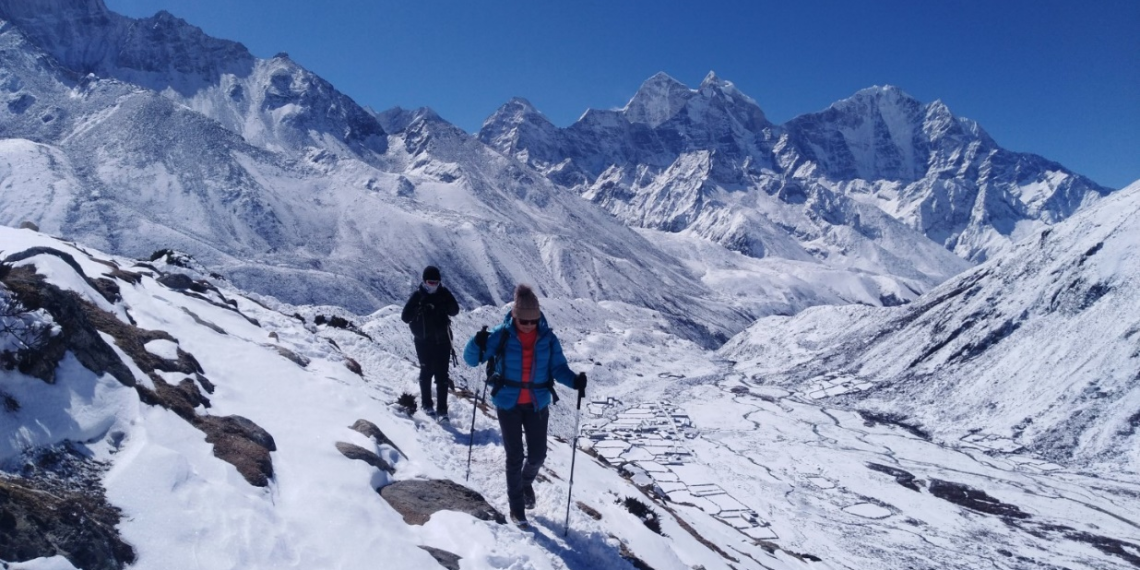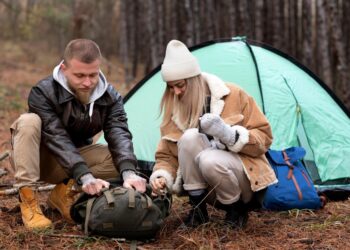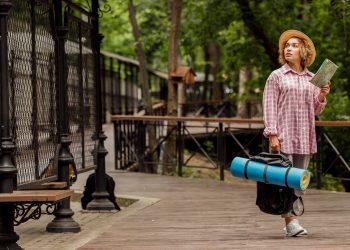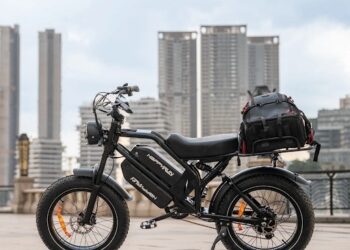The Everest Base Camp trek is one of the most popular trekking trails in the world and every mountain and adventure seeker dreams of conquering it.
However, to undertake this trek, one needs to research and prepare well in advance.
In this guide, we have compiled a list of frequently asked questions on Everest Base Camp trek to clear your doubts and help you plan your EBC trek.
Whether you are a first-timer or a seasoned trekker, this guide will provide you with valuable insights and information to make your Everest Base Camp trek a safe and memorable experience.
So, let’s dive in and explore the world of Everest Base Camp trekking!
1. When is the best time to trek Everest Base Camp?
The best time to trek the Everest Base Camp is during autumn (Mid-September to November) and spring (March to early June). These seasons have clear weather and provide the best mountain views.
However, it is still possible to trek EBC throughout the year, although the monsoon season (July and August) and deep winter (January and February) should be avoided.
If you are an experienced trekker who enjoys snow, you can do the trek in winter (December to February). However, keep in mind that the temperatures can drop significantly during this time and the trekking conditions can be challenging.
During monsoon, the trails are infested with leeches, but it is less crowded and the mountains are lush green with different flora and fauna.
If you don’t mind the rain and are interested in seeing the beauty of the mountains in a different season, monsoon trekking can be a unique experience.
Overall, the best time to trek Everest Base Camp is during autumn and spring, but with proper preparation and gear, you can still trek in other seasons as well.
2. How much does it cost to do Everest Base Camp Trek?
The cost of the trek can vary based on various factors such as the season you choose to trek in, the trek duration, your mode of transportation, accommodation preferences, and additional services you may require.
On average, the cost of a 12-16 days Everest Base Camp Trek can range from USD 1000 to USD 4000 per person. This cost typically includes permits, transportation, accommodation, food, and guide/porter fees.
However, it does not include international airfare, travel insurance, personal expenses, and additional services such as helicopter rescue or additional nights at a hotel.
It is important to note that while it is possible to find cheaper options, it is also essential to prioritize safety and quality when selecting a trekking agency.
When it comes to trekking in Nepal, a reputable and seasoned trekking agency may charge a premium but will prioritize your safety and comfort throughout the trek.
Therefore, it is recommended to research and compare different trekking agencies’ costs and services and select the one that offers the best value for money.
3. How difficult is EBC trek?
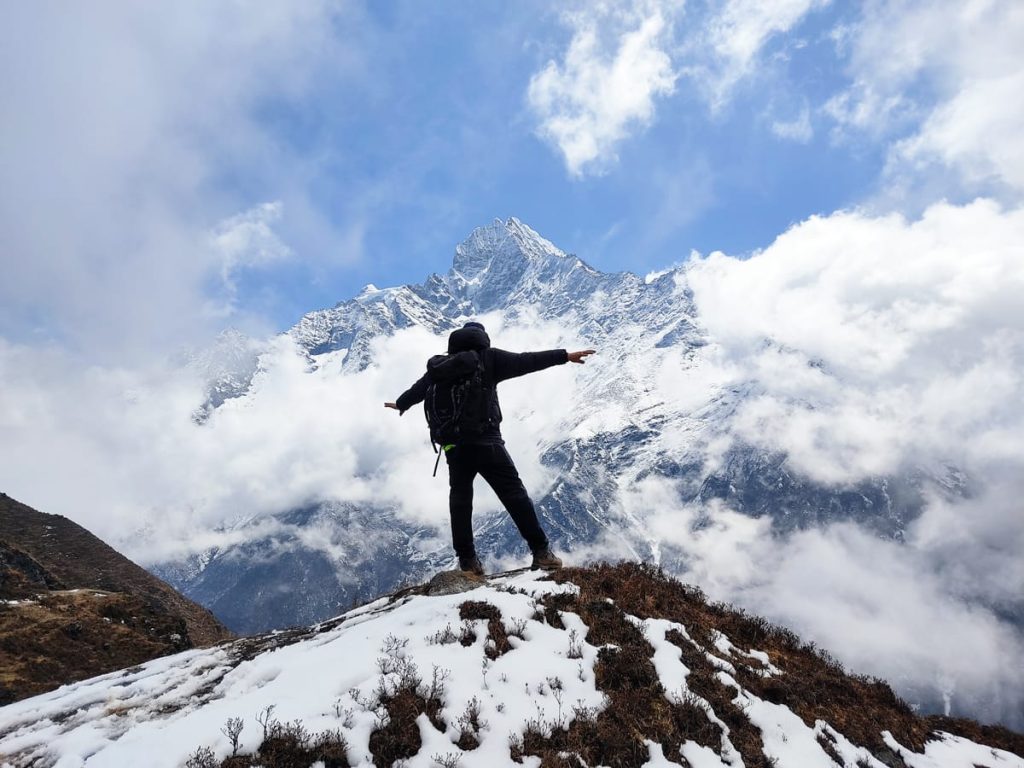
The Everest Base Camp (EBC) trek is a challenging adventure that requires careful consideration and preparation.
It is essential to understand that the trek is not a walk in the park and that some level of physical fitness is required to undertake it.
One of the primary challenges of the EBC trek is the drastic change in altitude. Trekking from 2,800 meters (9,186 feet) to more than 5,000 meters (16,404 feet) can take a significant toll on both the mind and body due to the high altitude and lower oxygen levels.
Therefore, it is crucial to prepare oneself to cope with the effects of high altitude, such as shortness of breath and fatigue.
Moreover, age, physical fitness, and mental stamina play a crucial role in determining the difficulty level of the EBC trek. It is essential to evaluate one’s physical and mental capabilities before signing up for the trek.
Thus, undertaking proper preparation and training before embarking on the journey is crucial to ensure a safe and enjoyable trekking experience.
It is also important to note that the difficulty level of the EBC trek varies from person to person.
Some may find it easy, while others may find it challenging, depending on their fitness level, age, mental stamina, and preparation for the trek.
4. What type of food can we get on the EBC trail?
On the EBC trail, there are various food items available in the teahouses for trekkers to choose from.
The teahouses offer a wide range of dishes, including authentic Sherpa cuisine, as well as options for vegan and gluten-free diets. The food available is mostly organic and locally grown, ensuring that it is fresh and healthy.
Dal Bhat is a staple food along the EBC trail and is widely available. It is a traditional dish consisting of rice served with lentils, curry, pickle, and salads.
For breakfast, trekkers can choose from a range of options, including Bread/ Toast, Eggs, Porridge, Cereal, Oats, Pancakes, Tibetan bread, Roti/ Chapati, and Potatoes.
For lunch, Dal Bhat is still a popular choice among trekkers, but there are also other options available such as Fried rice, Noodles, Dumplings, Soup, Sherpa Stew, Pasta/ Spaghetti, and Spring Roll. These dishes offer a variety of flavors and textures to satisfy different taste preferences.
When it comes to beverages, trekkers can choose from a range of hot and cold drinks such as Tea (Ginger, Mint, Black, Lemon), Coffee (Fresh brewed in Cafés whereas Nescafe in lodges), Lemon drinks, Soda, Hot Chocolate, and Beer. It is recommended to eat vegetarian meals while trekking at high altitudes as non-vegetarian meals can be difficult to digest.
5. What is the duration of Everest Base Camp Trek?
The duration of the Everest Base Camp Trek can vary depending on the itinerary and the pace of the trekker.
The standard duration of the trek is around 12-14 days, but it can be completed in as little as 10 days or as long as 18-20 days, depending on the route and the acclimatization schedule.
Some trekkers also choose to add side trips to nearby attractions such as Gokyo Lakes or Island Peak, which can add a few extra days to the itinerary.
6. What is the weight limit of the Lukla Flight?
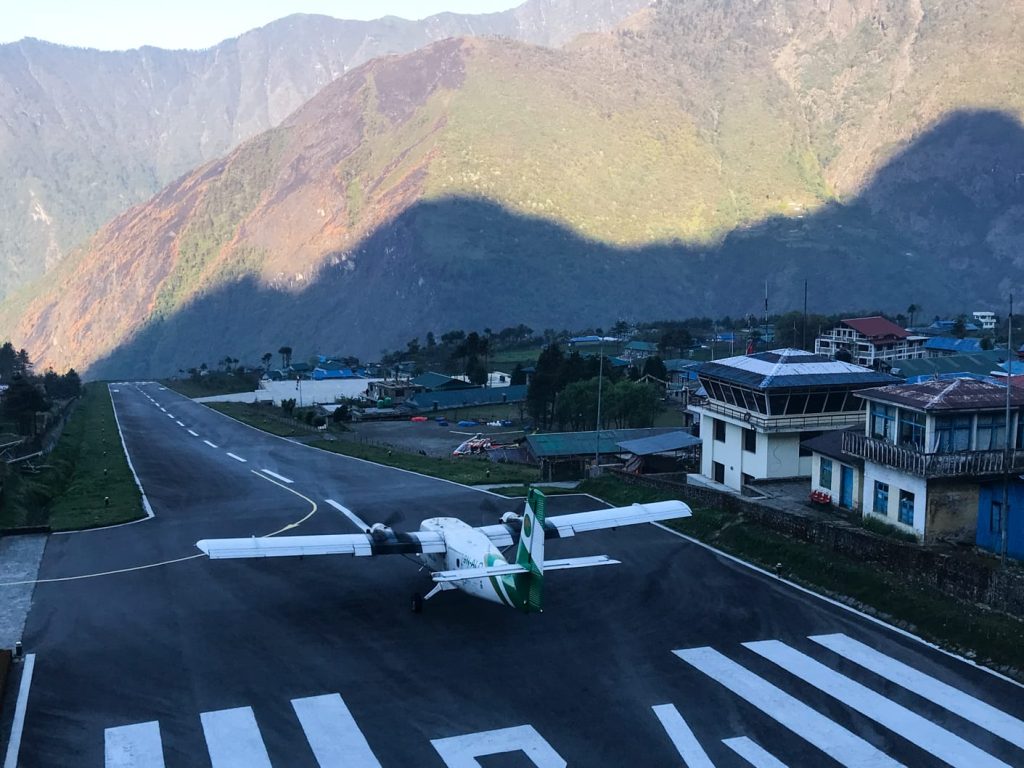
The weight limit for the Lukla flight is 15 kg (33 pounds). This weight limit includes both your duffel bag and daypack.
If your daypack exceeds the weight limit, you have the option to pay an additional fee ranging from USD 2 to USD 5 per kilogram to bring it along.
However, please be aware that the baggage allowance can sometimes be restricted, even with the extra payment.
To avoid any inconvenience, it is best to pack within the 15 kg weight limit recommended for the Lukla flight.
7. What is AMS? How likely am I to get it?
Acute Mountain Sickness (AMS) is a common and milder form of altitude sickness that occurs when the body reacts to the reduced oxygen levels at higher altitudes.
Symptoms of AMS include dizziness, headaches, muscle aches, insomnia, nausea, and vomiting.
These symptoms can vary in severity and can progress to more severe forms of altitude sickness, such as High-Altitude Pulmonary Edema and High-Altitude Cerebral Edema.
AMS typically occurs at altitudes above 2,400 meters / 7,874 feet, but some individuals may be affected at lower altitudes as well. As the altitude increases, the air pressure and oxygen levels decrease, making it harder for the body to function properly. When the body cannot adjust to these changes quickly enough, AMS can occur.
If left untreated, AMS can lead to more severe forms of altitude sickness, which can be life-threatening. High Altitude Pulmonary Edema occurs when fluid builds up in the lungs, making it difficult to breathe. High-Altitude Cerebral Edema occurs when fluid builds up in the brain, causing symptoms such as confusion, seizures, and loss of consciousness.
Acute Mountain Sickness (AMS) is a common condition that can affect people who trek or climb at high altitudes. The likelihood of developing AMS during the EBC (Everest Base Camp) trek depends on several factors, including the individual’s age, fitness level, previous altitude experience, and the speed of ascent.
The EBC trek takes you to an altitude of 5,364 meters (17,598 feet) at the base camp itself, which is quite high. Therefore, the risk of developing AMS during the EBC trek is relatively high.
The ascent is gradual, and most people acclimatize well during the trek. However, some people may experience AMS, which can be mild or severe, and in rare cases, it can be life-threatening.
To reduce the risk of developing AMS during the EBC trek, it is essential to properly acclimatize by spending a few days at various altitudes, staying hydrated, and avoiding alcohol and smoking.
It is also advisable to trek slowly, taking regular breaks, and listening to your body. If you experience any symptoms of AMS, such as headache, nausea, dizziness, or shortness of breath, it is crucial to notify your trek leader or guide immediately, and descend to a lower altitude if necessary.
8. What if Lukla flights are cancelled/delayed during EBC trek
The primary mode of air transport in the mountain region is via Twin Otter and Dornier planes. However, flights can be cancelled or delayed due to bad weather conditions or technical issues.
In such cases, we advise rebooking the flight for the following day. It is important to prepare ahead for unforeseen circumstances such as flight delays and schedule extra days for the trek.
Another option is to charter a private helicopter to ensure that the trek deadline or international flight is not missed. This option is available if the trekkers agree to share the cost of the helicopter charter.
The helicopter can carry up to 5 passengers at a time, and the cost of the trekking guide should be shared equally among the trekkers.
9. What is the availability and precautions for drinking water during EBC trek?
You can get drinking water at tea houses along the EBC trek route, where bottled and boiled water can be purchased.
However, it is not safe to drink water from natural sources in the Everest region due to the presence of harmful bacteria and parasites that can cause water-borne illnesses.
To ensure safe consumption, we recommend using purification tablets or iodine for tap water, or portable water filters for water purification. It is essential to stay hydrated while trekking in high altitudes, and we suggest drinking 4-5 liters of drinking water, hot drinks, and soups every day to prevent altitude sickness and muscle cramps.
To avoid any health issues, make sure to carry enough water with you or refill your water bottles at the tea houses. By following these precautions, you can enjoy your trek in the Everest region safely and without any worries.
10. Can you communicate and access the internet while trekking in Everest?
Yes, communication and internet access are possible while trekking in the Everest region. The area has telephone services and 3G coverage, with many trekking routes now equipped with internet access.
However, due to the remote mountainous location, the internet connection may be poor and uninterrupted coverage cannot be guaranteed.
We recommend buying a local SIM card (Ncell) in Kathmandu for communication and internet access while trekking.

